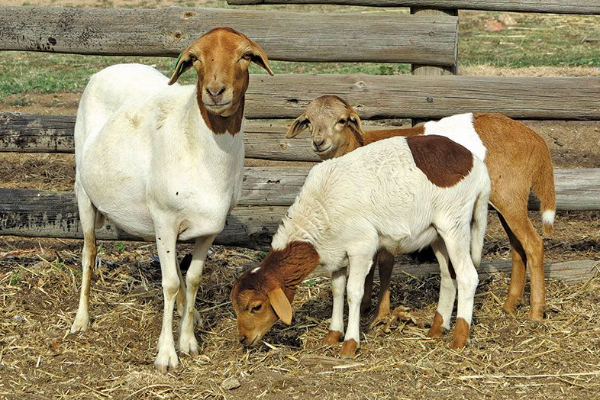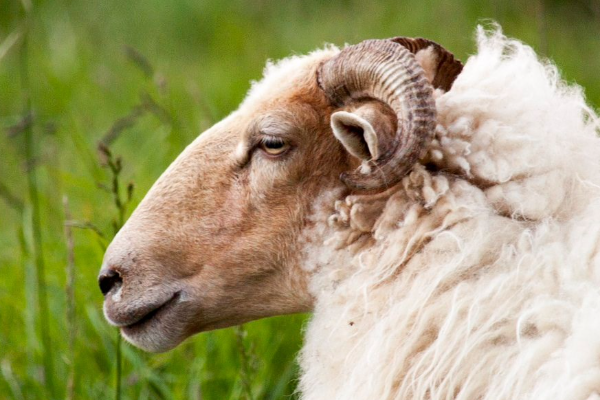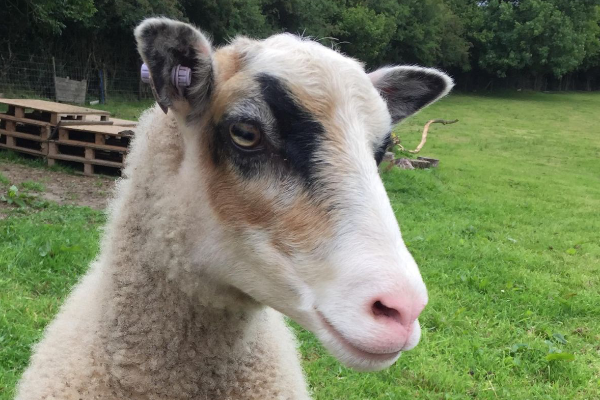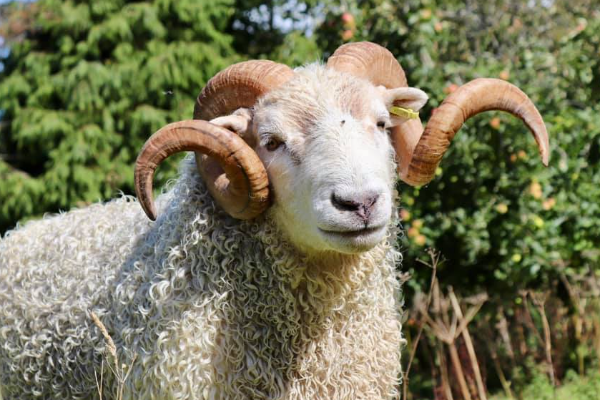Pedi Sheep
What is the history of Pedi Sheep?
Pedi sheep are native to South Africa. They are one of three of the Nguni type, along with Zulu and Swazi, they have been in the region since 200-400 AD.They get their name and characteristics from having been raised primarily by the Bapedi people in the north of the country.
The Pedi club of South Africa was established in 1998 and applied to be recognized as a breed society in 2006 under the name Pedi Breeders’ Society of South Africa.
What are the characteristics of Pedi Sheep?
- Pedi an easy sheep to farm with and produces good quality meat as well as a distinctive hair white, brown, and red.
- Pedi sheep are naturally polled, primarily a veld sheep with a relatively fine frame.
- The Pedi ewes are relatively small and feminine when compared to the Pedi rams, which are masculine and alert.
- The breed is adapted to a harsh environment and can tolerate various stressful circumstances.
- The breed can walk long distances and the diet consists of grass, bushes and leaves.
- The Pedi is robust and has a large tolerance against the usual diseases and parasites.
- The meat is tender and tasty.
- Most of the fat is localized in the tail, which is typical a wedge shaped, fat tail, broad at the base and narrows carrot-like to the tip.
- Pedi sheep mature at an early age and can be mated at an early age.
- Ewes are excellent mothers.
- No need to assist at lambing and have no lambing problems.
- The Pedi sheep have a strong flocking instinct, domesticate well and are light on veld and water.
- The Pedi breed has a good temperament, is easy to work with and intelligent. They’ll learn a routine quickly.
- Pedi are not fussy eaters.
- The Pedi’s distinctive fat tail is an important adaptive advantage.
- Fat reserves stored in the tail can be used when they are needed, especially at lambing. The fat reserve in the tail often disappears at this time. “Modern European breeds don’t store fat and depend entirely on daily nutrition but a Pedi can fall back on its fat reserves if immediate nutrition is insufficient.
- The hair is generally short with a cashmere type under-coat, especially in winter. Young sheep tend to have longer hair with more woolliness. They lose this as they get older.
What is the weight of mature Pedi Sheep?
Pedi ram is in the range of 60–75 kg and a mature ewe 40–50 kg.

Written by
H Cetin KATIRCI
Online ShepherdBreedsMore
IllnessesMore
Forage cropsMore
![]() Патологическая физиология голодания Arina TARAN
Патологическая физиология голодания Arina TARAN![]() Дефицит фосфора (гипофосфатемия) Hipofosfatemi Arina TARAN
Дефицит фосфора (гипофосфатемия) Hipofosfatemi Arina TARAN![]() Какие бывают кормораздатчики для ферм КРС? Irina Makarova
Какие бывают кормораздатчики для ферм КРС? Irina Makarova![]() Кормушки для овец Diana Myakisheva
Кормушки для овец Diana Myakisheva![]() Питание домашних коз: что едят, виды корма и правила кормления Alina Arslantürk
Питание домашних коз: что едят, виды корма и правила кормления Alina Arslantürk![]() Важность минералов питании сельскохозяйственных животных Irina Makarova
Важность минералов питании сельскохозяйственных животных Irina Makarova
Use of the information/advice in this guide is at your own risk. The Farmow and its employees do not warrant or make any representation regarding the use, or results of the use, of the information contained herein as regards to its correctness, accuracy, reliability, currency or otherwise. The entire risk of the implementation of the information/ advice which has been provided to you is assumed by you. All liability or responsibility to any person using the information/advice is expressly disclaimed by the Farmow and its employees.



















